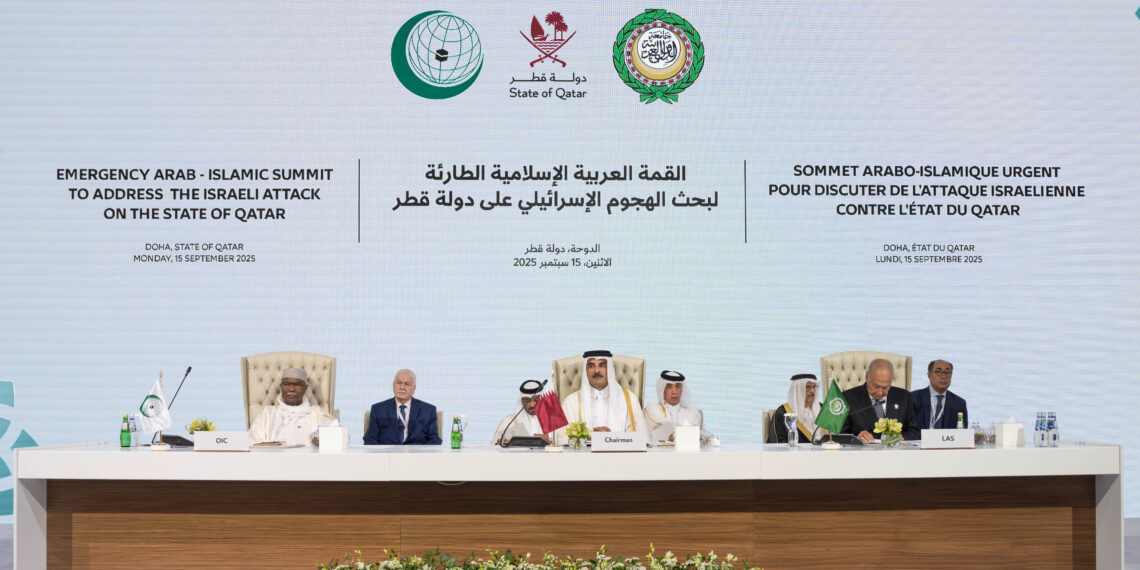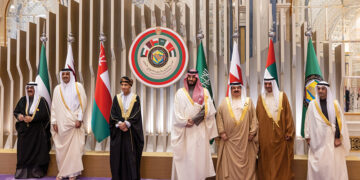The Qatar Chamber of Commerce announced a significant increase in the volume of trade exchange between Qatar and Saudi Arabia during 2024, recording a 65% jump over the previous year, reaching approximately 4.9 billion Qatari riyals (equivalent to approximately 1.35 billion US dollars), compared to a total of 2.97 billion riyals (818 million dollars) in 2023.
This result came in statements delivered by Rashid bin Hamad Al-Athba, Vice Chairman of the Qatar Chamber, during a meeting held with a high-level delegation from the Saudi Al-Ahsa Chamber. During the meeting, which took place in Doha, Al-Athba stressed the importance of strengthening cooperation between the private sectors of the two countries through establishing joint ventures and exploring investment opportunities in both countries.
In the same context, the Chairman of the Al-Ahsa Chamber welcomed the increase in trade exchange, noting the deep fraternal and historical relations between the State of Qatar and the Kingdom of Saudi Arabia. He expressed his hope for expanding bilateral cooperation between the business communities of the two countries to consolidate regional economic integration. According to the statement, the meeting’s discussions focused on enhancing joint investments, opening new horizons for cooperation in special economic zones, and exerting greater efforts to establish quality projects that serve the national visions of both countries (Qatar National Vision 2030 and Saudi Vision 2030).
This remarkable increase in trade volume indicates a clear trend toward strengthening economic ties between the two countries. It also paves the way for a broader spectrum of cooperation, including logistics, production, and manufacturing projects in the future.
Economic analysts believe that the significant growth in trade between Qatar and Saudi Arabia is due to several factors, including:
- The desire to diversify sources of income, as both countries, in their current development stages, seek to reduce their dependence on the oil sector by stimulating inter-regional trade and establishing joint projects.
- Integration of infrastructure and logistics, such as transportation, roads, and ports, can enhance the flow of goods and reduce costs.
- Enhancing the presence of non-oil sectors, including manufacturing industries and logistics services, especially in regional economic zones such as Al-Ahsa and southern Saudi Arabia, which aspire to become a regional gateway.







